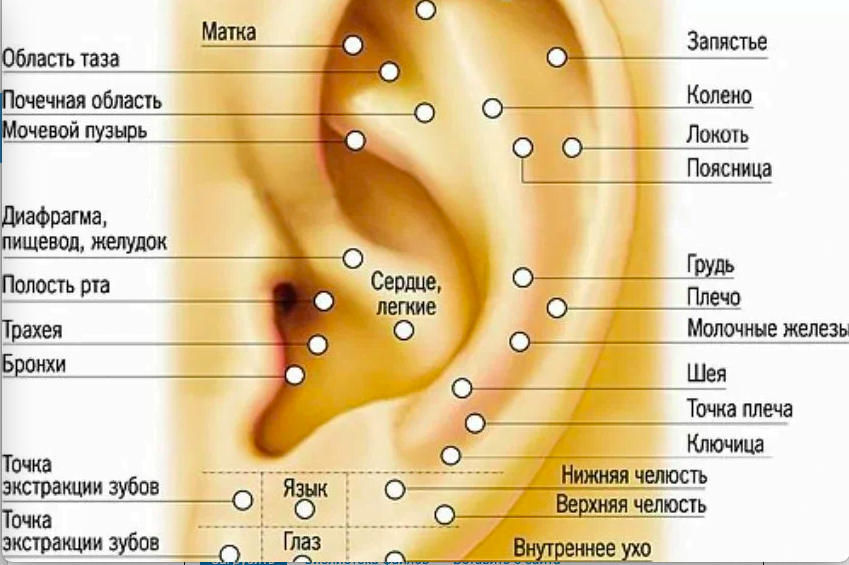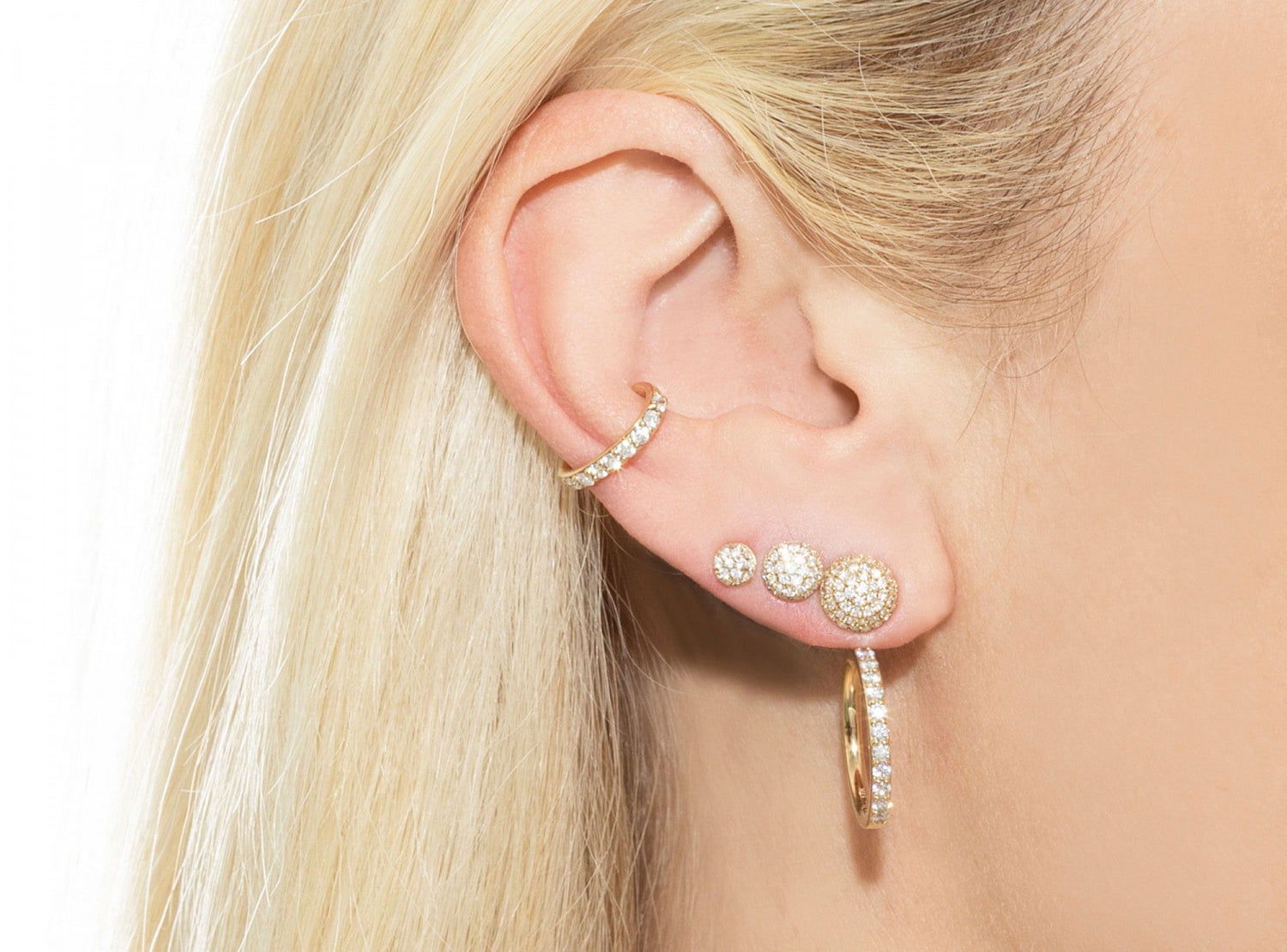It is a common belief that piercing the ear in a certain place can either improve or worsen vision. We decided to check how justified this judgment is.
Information that piercing the earlobe at a certain point can both improve and worsen vision can be found in Media, on forums and websites questions And answers. By versions "Kommersant", the belief in the connection between a pierced ear and vision originated in the Middle Ages: "There was a superstition that piercing one ear improved vision, which led to the spread of ear piercing among sailors and travelers." Users explain This connection is like this: “If you get into the “point of view” on the lobe, then your vision can deteriorate and maybe even severely.” Official representative in Russia of the Beijing Center for Acupuncture and Moxotherapy at the World Association of Acupuncture Societies Igor Roganin explains in more detail: “After all, if you hit the point responsible for one or another human organ, you can negatively affect its work. It is not for nothing that acupuncture has long been popular, when it is treated specifically by influencing these points. In this way, a diseased organ can be helped, but a normal one can be harmed if the effect is applied for a long time, as in the case of earrings. <…> Almost in the center of the lobe, where jewelry is usually placed, there is an eye point. If you install an earring at this point, you can provoke a long-term spasm, and as a result, visual acuity will decrease. This is especially fraught for those who have a hereditary predisposition to myopia. Media also lead such explanations: “On the earlobe there are 11 points associated with the eyes, teeth, tongue, facial muscles, and inner ear. An unsuccessful puncture can touch such a point and cause irritation of the organ associated with it. And if the earring’s bow is not made of a noble metal or alloy, the irritation can be long-lasting, resulting in poor vision and toothache.” Before ear piercing in such materials advise make some kind of “Voll diagnostics”.
Impact on the points with punctures or other means (for example, cauterization or electrical discharges) applies to the practices of alternative Chinese medicine. This method is called acupuncture, as well as acupuncture, acupuncture or reflexology in the case of punctures and ignipuncture and moxotherapy in the case of moxibustion. Countsthat acupuncture points, to which various types of influence are applied, are located on the so-called meridians - the paths of movement of vital energy qi, therefore, influencing them changes the circulation of qi and has a healing and analgesic effect. Diagnostics according to Voll represents is a method for determining the location of meridians and points on them. Acupuncture promises relieve headaches, swelling, muscle hypertonicity, vegetative-vascular dystonia (existing as a diagnosis only in the post-Soviet space), gastritis, gastric and duodenal ulcers, constipation, bronchial asthma, eczema, psoriasis, nocturnal enuresis, hormonal infertility, labor pain, obesity and nicotine addiction.

At the same time, in most clinical research acupuncture didn't show his efficiency V placebo-controlled research. To carry them out, scientists used so-called “false” acupuncture - they made injections at random points or with special needles that did not penetrate to the depth specified in the acupuncture techniques. IN result participants assessed The effectiveness of “fake” acupuncture is as high as that of “real” acupuncture. Acupuncture methods have also been studied in Cochrane reviews. As a result, in particular, there was no evidence of the effectiveness of acupuncture in any carpal tunnel syndrome (aka tunnel syndrome) in adults, not with post-stroke incontinence urine, nor in chronic hepatitis B. Also, the effectiveness of moxotherapy (cauterization) for correction of breech presentation fetus during labor or for reduction of side effects chemotherapy and radiotherapy. All this suggests that there is neither evidence of the effectiveness of such therapy, nor any scientific basis for identifying special points in the body.
Currently, certain achievements of acupuncture in individual patients are explained only effect placebo. National Council Against Health Care Fraud (USA) formulates concludes: “Acupuncture is an unproven treatment, its theory and practice based on primitive and fanciful concepts of health and disease that have no relationship to scientific knowledge. Research over the past 20 years has not shown the effectiveness of acupuncture against any disease. The effects of acupuncture are likely due to the expectancy effect and other psychological mechanisms. Insurance companies should not be legally required to cover acupuncture treatments, and the licenses of those who practice acupuncture should be gradually revoked."
From all this we can conclude that since the existence of any points of qi energy has not been proven by science, it is impossible to get into them by piercing the earlobe and in any way affect vision.

Not true
Read on the topic:
- Is it true that carrots that improve eyesight are a myth created by the British to hide the use of radar?
- Is it true that reading from a screen damages your eyesight?
If you find a spelling or grammatical error, please let us know by highlighting the error text and clicking Ctrl+Enter.






